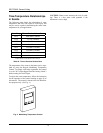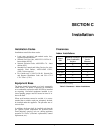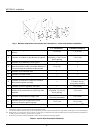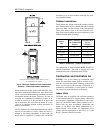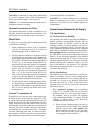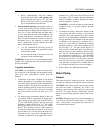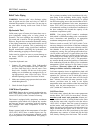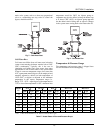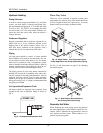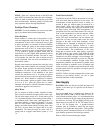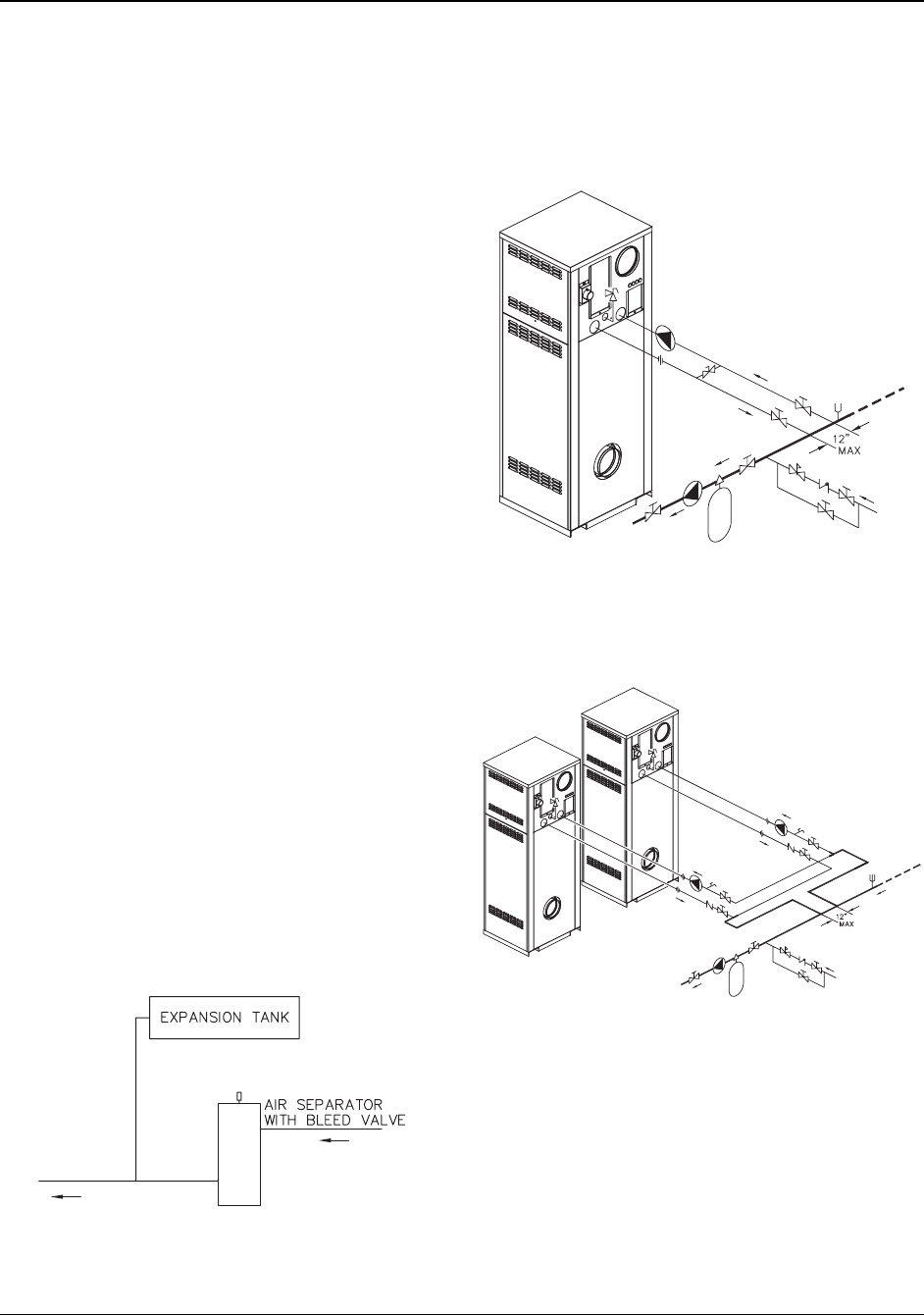
SECTION C: Installation
14
Hydronic Heating
Pump Selection
In order to ensure proper performance of your heater
system, you must install a correctly-sized pump. Ray-
pak recommends designing for a ∆T within the range
of 10°F to 40°F. See Table F for acceptable flow rates
for each model (∆T is the temperature difference be-
tween the inlet and outlet water when the heater is
firing at full rate).
Feedwater Regulator
Raypak recommends that a feedwater regulator be in-
stalled and set at 12 psi minimum pressure at the
highest point of the system. Install a check valve or
back flow device upstream of the regulator, with a
manual shut-off valve as required by local codes.
Piping
All high points should be vented. A heater installed
above radiation level must be provided with a low wa-
ter cut-off device (sales order option F-10). The heater,
when used in connection with a refrigeration system,
must be installed so that the chilled medium is piped in
parallel with the heater with appropriate valves to pre-
vent the chilled medium from entering the heater.
The piping system of a hot water heater connected to
heating coils located in air handling units where they
may be exposed to circulating refrigerated air, must be
equipped with flow control valves or other automatic
means to prevent gravity circulation of the heater water
during the cooling cycle. It is highly recommended that
the piping be insulated.
Air-Separation/Expansion Tank
All heaters should be equipped with a properly sized
expansion tank and air separator fitting as shown in
Fig. 9.
Fig. 9: Air-Separation/Expansion Tank
Three-Way Valves
Three-way valves intended to regulate system water
temperatures by reducing flow in the boiler should not
be used. Raypak heaters are high-recovery, low-mass
heaters which are not subject to thermal shock.
Fig. 10: Single Heater - Low-Temperature (Heat
Pump) Application with Primary/Secondary Piping
See Fig. 14 and instructions on page 16 for adjusting
the manual bypass.
Fig. 11: Dual Heaters (Reverse/Return)
with Primary/Secondary Piping
Domestic Hot Water
When designing the water piping system for domestic
hot water applications, water hardness should be con-
sidered. Table G indicates the suggested flow rates for
soft, medium and hard water. Water hardness is ex-
pressed in grains per gallon.



